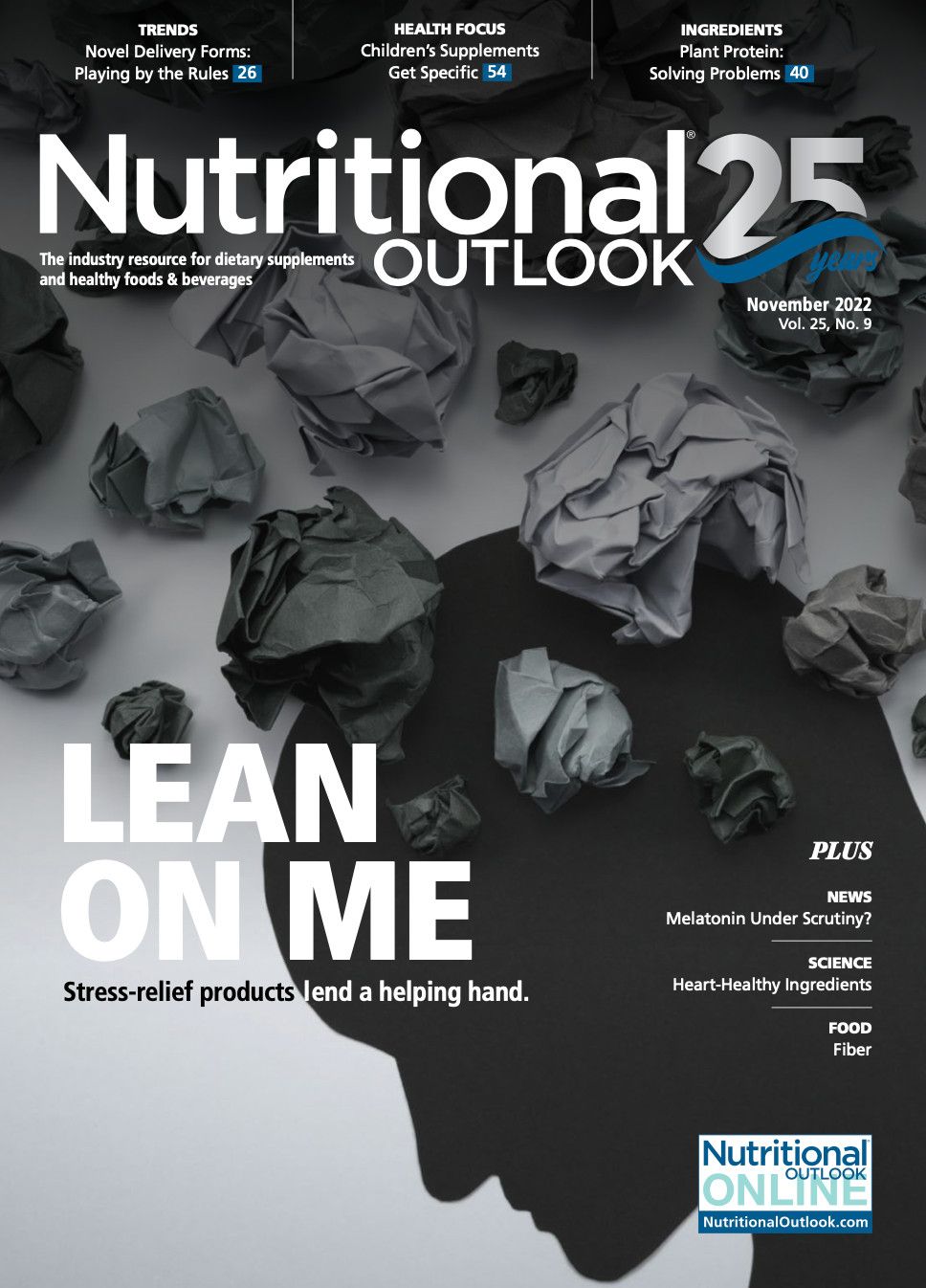The many faces of fiber: What makes fiber a multifaceted ingredient?
Dietary fiber is not just good for the gut; it can also help formulators improve the taste and texture of reduced-sugar and free-from foods and beverages.
Photo © Monkey Business - Stock.adobe.com

Formulating food for the health-conscious is no easy feat. To many of these consumers, chemicals are bad, and product labels that list unfamiliar or difficult-to-pronounce ingredients lead them to distrust a product or perceive it as unhealthy. According to the International Food Information Council’s (IFIC) June 2021 survey “‘Chemical-Sounding’ to ‘Clean’: Consumer Perspectives on Food Ingredients,” 63% of U.S. adults say that the ingredients in a food or beverage have at least a moderate influence on what they buy, and 64% say they try to choose foods made with clean-label ingredients.1
Which ingredients can food formulators turn to that will please consumers on multiple fronts? Soluble fibers such as inulin, fructooligosaccharides, and tapioca fiber are viable tools to help improve food’s taste and texture while also maintaining a palatable ingredient deck.
Sugar Reduction
According to IFIC’s “2022 Food and Health Survey Report,” 73% of Americans are trying to limit or altogether avoid sugar.2 And while low- or no-calorie sweeteners are an option, the same survey states that 31% of Americans prefer sugar to the alternatives. This is likely due to the negative connotation associated with artificial sweeteners and the off-flavor notes sometimes associated with natural alternatives such as stevia. Fibers can be a solution on both fronts, reducing the sugar content of products while helping to mask off-notes of natural sweeteners.
“Prebiotic fibers are neutral in flavor and can help vanquish off-notes from accompanying high-intensity sweeteners such as monk fruit and stevia,” explains Thom King, CEO of Icon Foods (Portland, OR). “When added to a formula, prebiotic fibers provide texture to the body [of the product] and drive down added sugars and net carbohydrates, creating visually appealing products with an enhanced mouthfeel.”
IFIC’s survey also shows that “Low in sugar” and “Good source of fiber” are among the top attributes consumers associate with healthy food. Therefore, incorporating fiber in a product as a way to reduce sugar content offers the health-conscious consumer two reasons to buy said product. Additionally, digestive health was among the top health benefits sought by consumers, behind energy and weight management. Fiber is also associated with good digestive health.
Formulators looking to add more fiber can combine different fibers to avoid potential gastrointestinal disturbances, King suggests. This is because “a separate set of bacteria in the gut metabolizes the respective fibers differently,” he explains.
Texture and Appearance
Texture is an important consideration when reducing sugar because sugar acts as a bulking agent, delivering the ideal volume, viscosity, texture, and mouthfeel associated with sugar-laden products. High-intensity sweeteners such as stevia and monk fruit can help replace the sweetness of sugar—but because their sweetness is so intense, less of the ingredient is required, which ultimately impacts the texture and mouthfeel that would otherwise come from sugar. Fiber can help add not only sweetness but also texture. (Texture is also impacted when removing dairy or gluten from products, a problem that can also be solved by adding fiber.)
“When used in baked goods, prebiotic fibers act as a fat emulator, adding creaminess to the product,” says King. “In gluten-free goods, prebiotic fibers can improve mouthfeel by adding bulk and body, improving the texture of the product. Prebiotic fibers also contribute to the texture of cheese, soups, and spreads due to their impressive gelling characteristics.” Because inulin-type fructans are saccharides, they can also participate in the Maillard reaction to brown and create a crust on baked goods and confections, King adds.
The versatility of fiber ingredients makes them an excellent tool for formulators looking for ways to reduce sugar content and improve taste and texture while also creating a healthier product with an attractive ingredient deck. Fiber is a win for everyone.
References
- Brewster E. “The Changing Face of Clean Label.” Food Technology Magazine, vol. 75, no. 8 (September 1, 2021)
- International Food Information Council. 2022 Food and Health Survey. May 18, 2022.

Polyphenols: The next generation of prebiotics is ready for liftoff
April 21st 2025Explore the prebiotic health benefits of polyphenols and the positive impact they may have on digestive and immune health. Polyphenols, such as those found in European black elderberry, may be an ideal solution for manufacturers trying to break into the digestive health space.



















